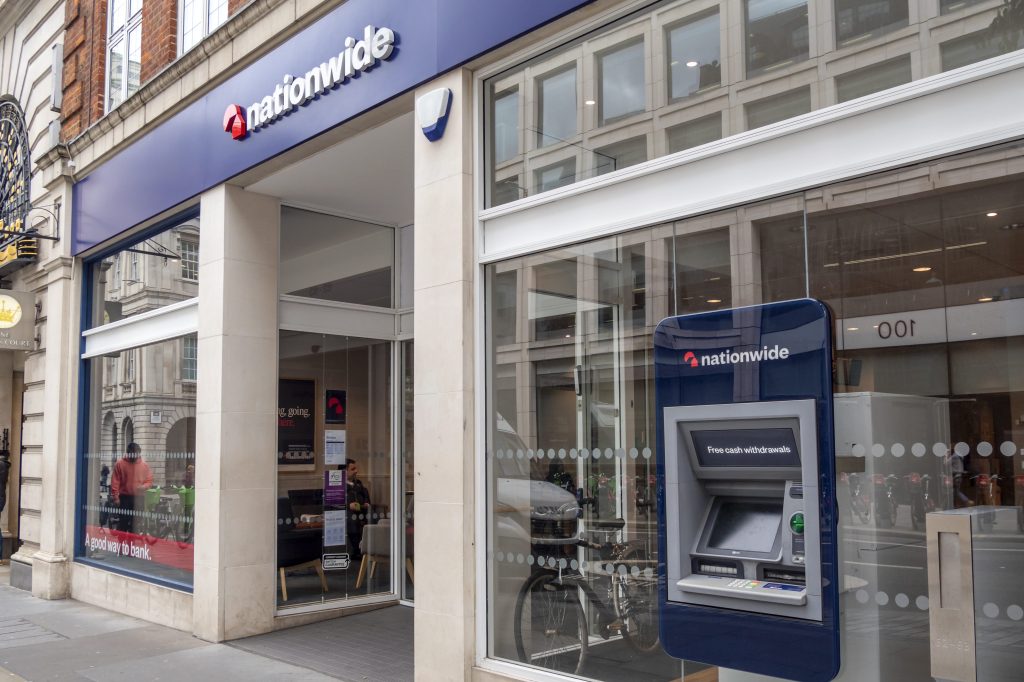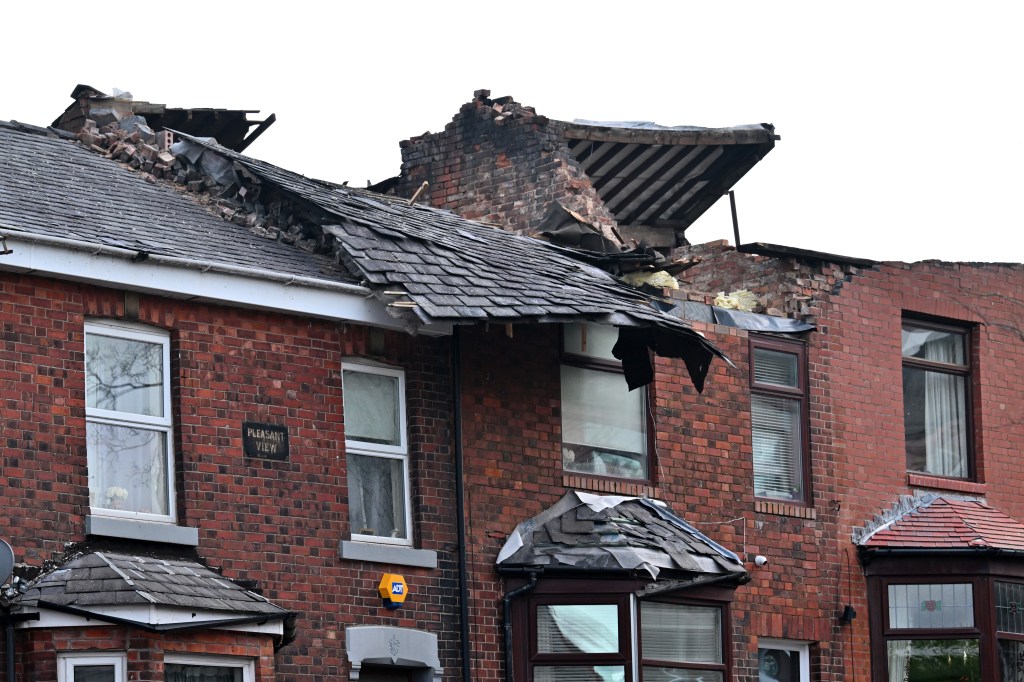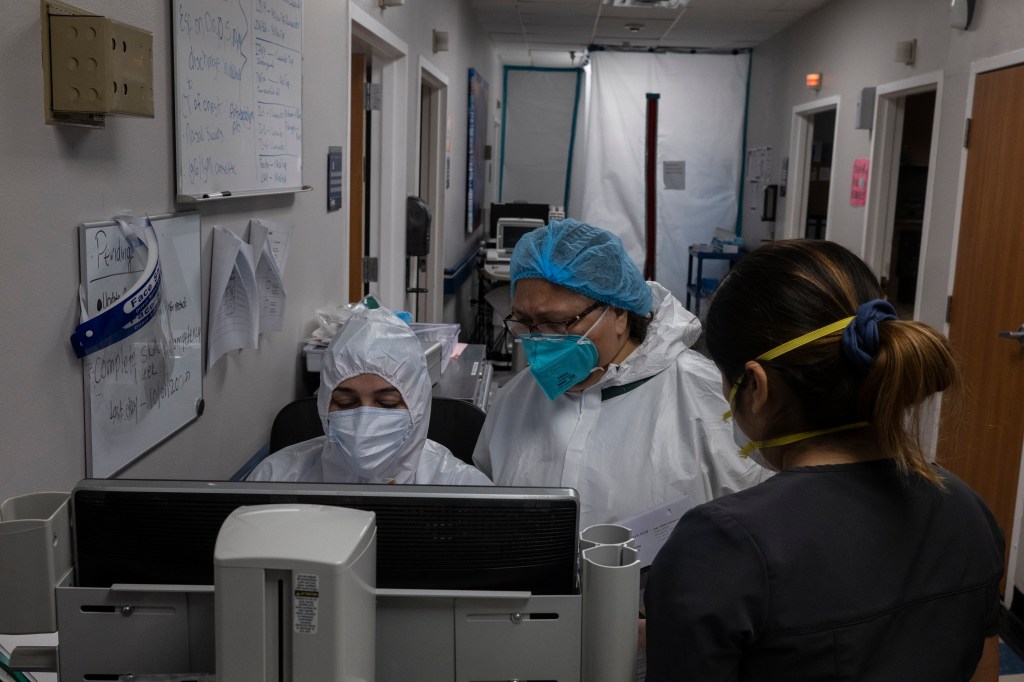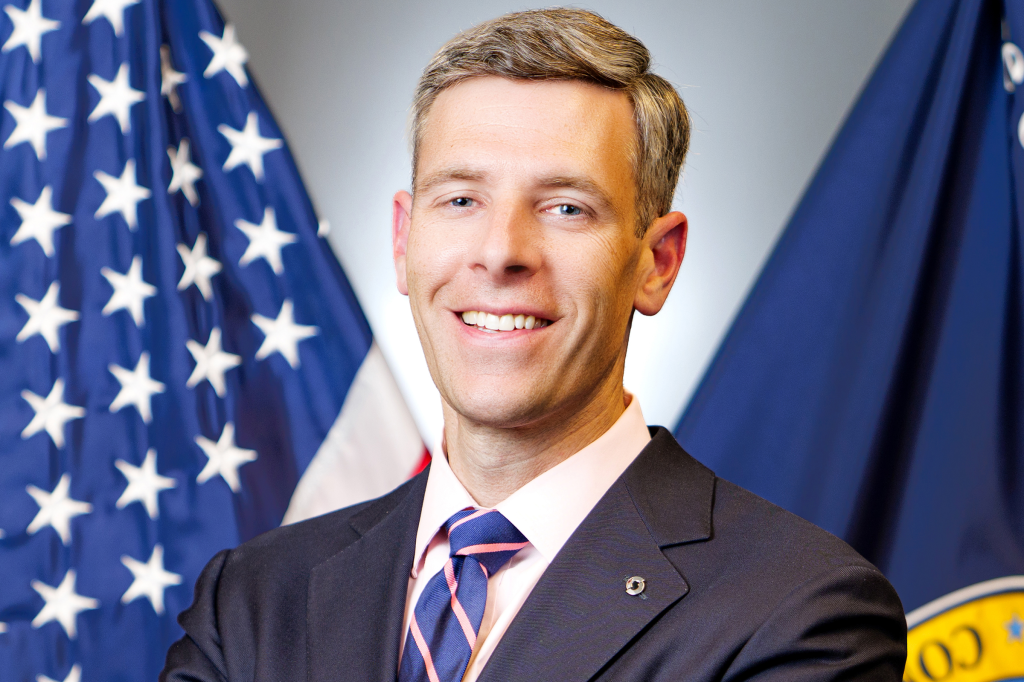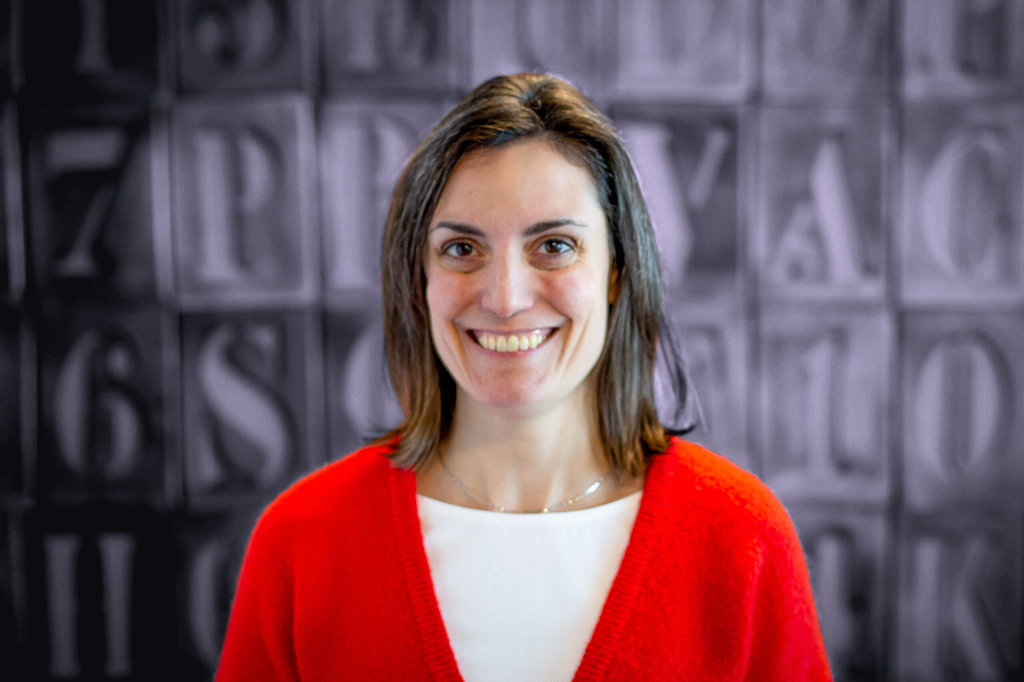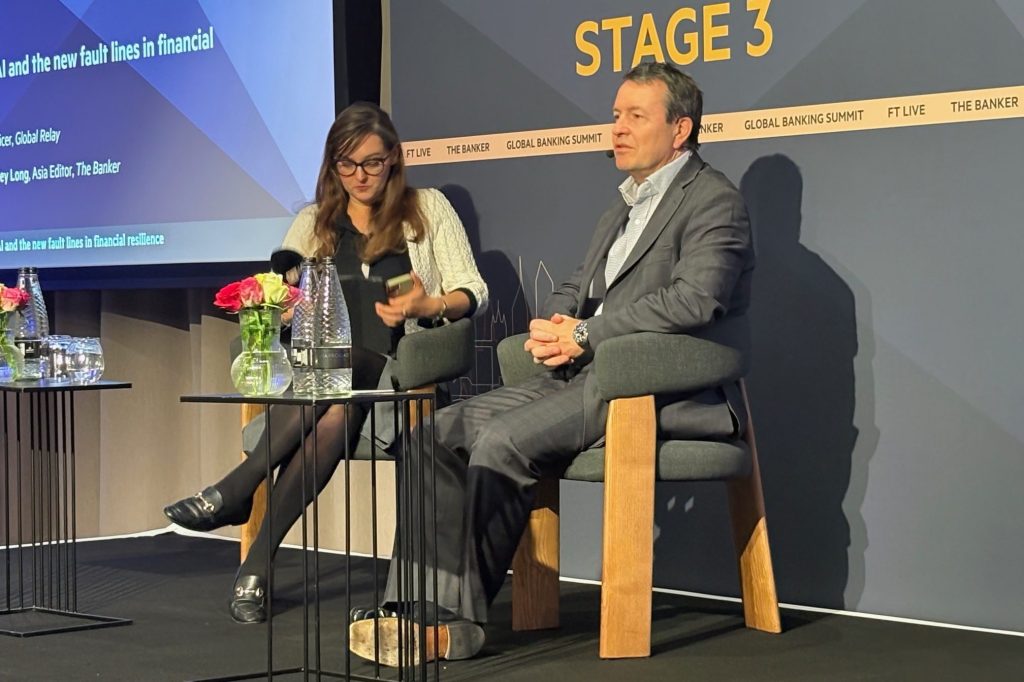13 March, 2023 by Colby Smith and Stefania Palma in Washington
US regulators are facing questions over whether they missed signs of mounting problems at Silicon Valley Bank, the tech lender whose implosion last week fomented fears of contagion across the banking sector.
As the government fought to contain the fallout from
Register for free to keep reading.
To continue reading this article and unlock full access to GRIP, register now. You’ll enjoy free access to all content until our subscription service launches in early 2026.
- Unlimited access to industry insights
- Stay on top of key rules and regulatory changes with our Rules Navigator
- Ad-free experience with no distractions
- Regular podcasts from trusted external experts
- Fresh compliance and regulatory content every day

